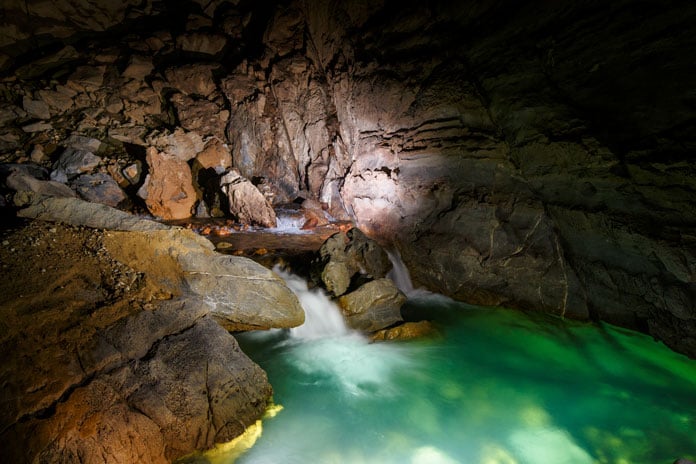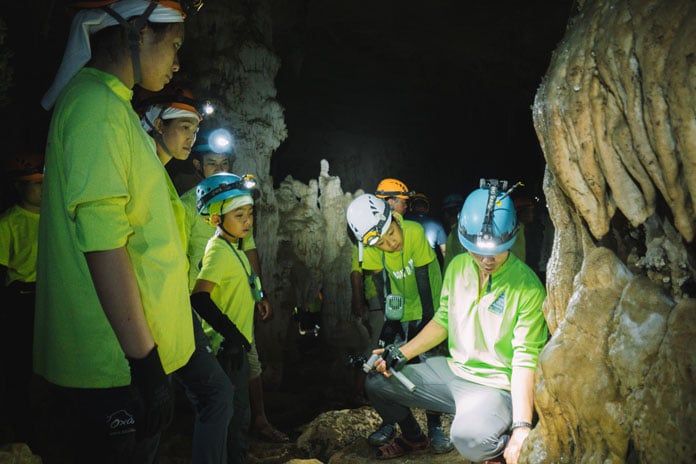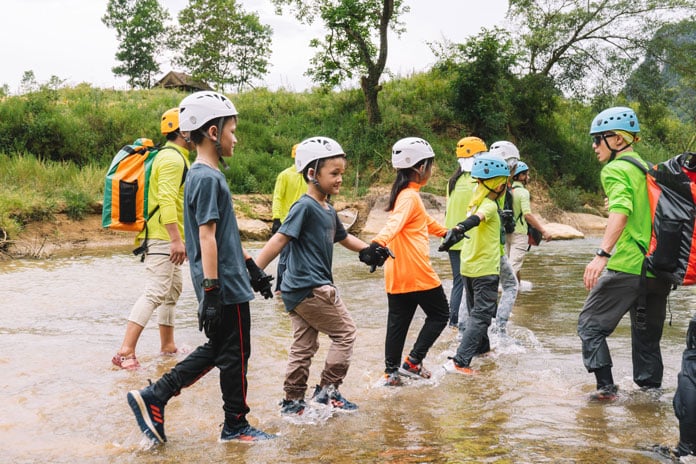Phong Nha and its surroundings is without a doubt one of Vietnam’s highlight destinations. But that wasn’t always the case. Though tourism started to gain traction in Vietnam from the late 1990s, international visitors to Phong Nha were few and far between until about a decade ago.
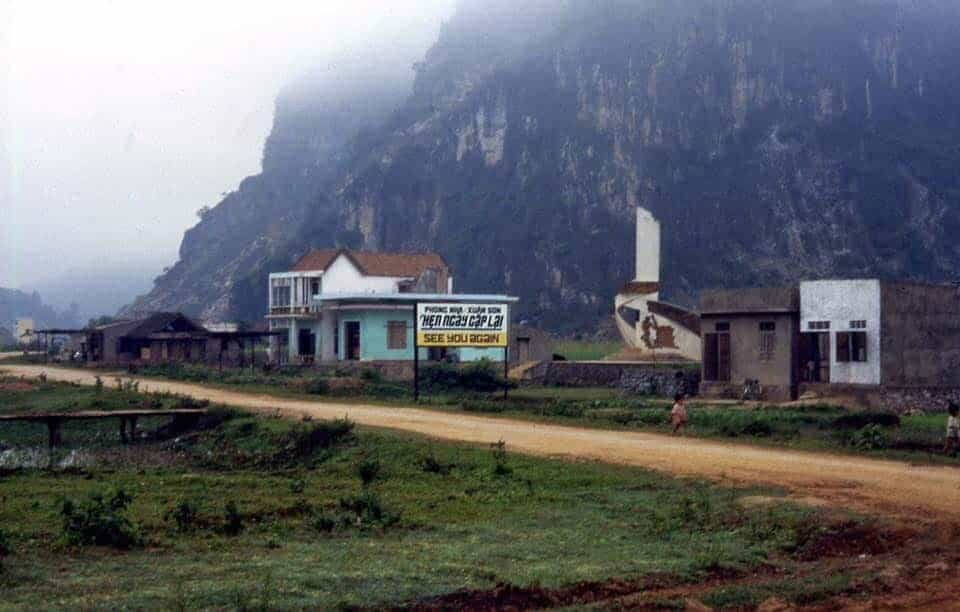
Phong Nha lies in Quang Binh, a rugged province in central Vietnam that boasts both beaches and mountains. Phong Nha has long been popular for domestic tourists, almost all of whom wouldn’t stay longer than an afternoon to visit Phong Nha Cave. The destination sits about 200km (four hours by car) north of Hue, one of Vietnam’s more established tourism hotspots due to its imperial history. It’s also more than 400km south of Ninh Binh, another more established tourism hotspot due to its karsts and rivers.
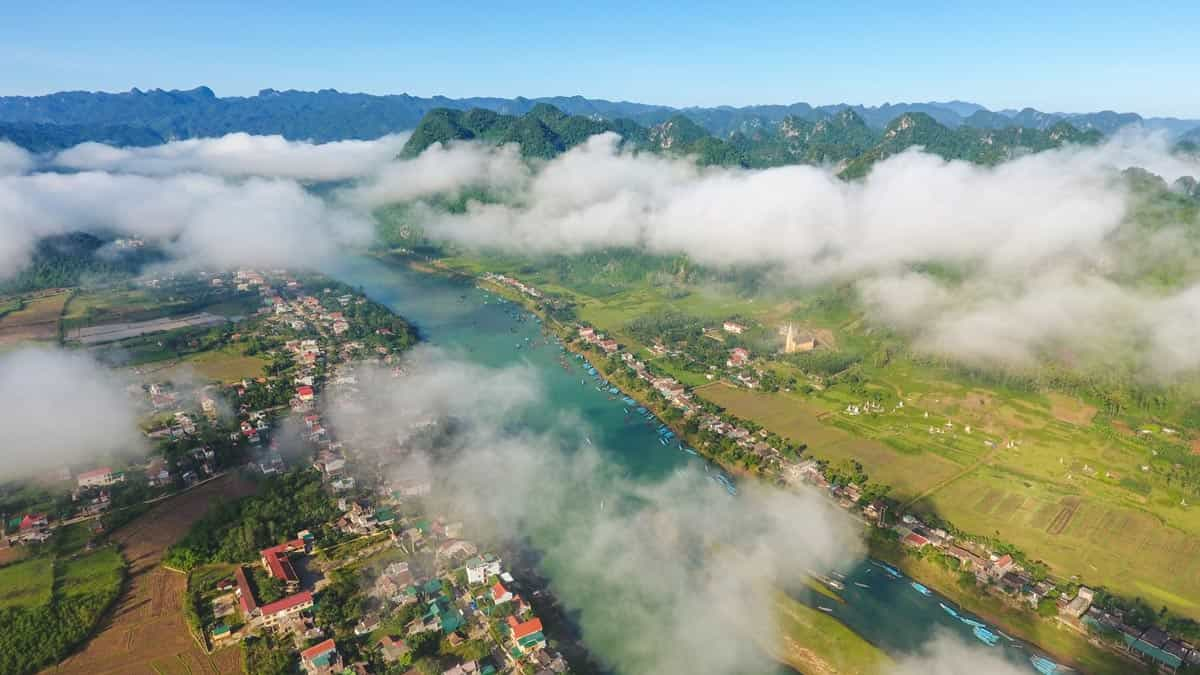
Phong Nha’s location far from other international tourism hubs is one of the reasons that the destination was ignored for so long; many visitors felt that there wasn’t much to see in the northern part of central Vietnam, so would fly from Hue or Danang to Hanoi (or vice versa) and miss this part of the country. Also, almost no-one in Phong Nha could speak English, making it very difficult for foreign visitors. That all began to change when Son Doong was surveyed in 2009, and it was revealed that Phong Nha was home to the world’s biggest cave. Oxalis Adventure was established soon after in 2011, and international tourism was born.
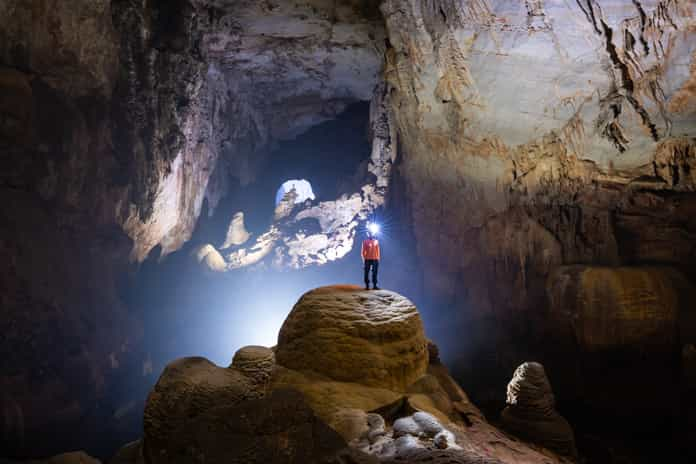
As it was late in the game, Phong Nha has had the opportunity to learn from the mistakes of other destinations. Contrary to some of Southeast Asia’s other areas of natural beauty, the environment in Phong Nha has actually improved since tourism took off. It has created jobs for the locals, drawing them away from illegal activities in the national park such as hunting and logging, and the local authorities are learning that there is value in enforcing environmental regulations.
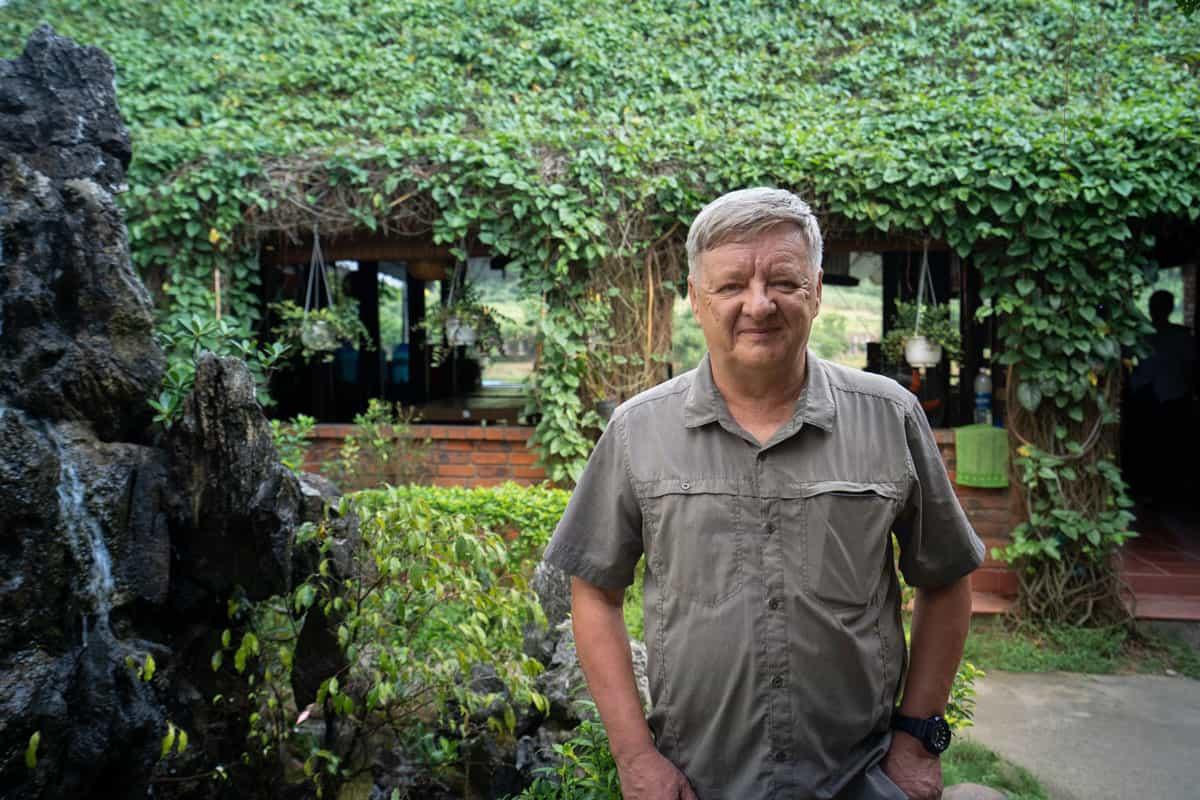
“Animal life is actually doing really well in the national park”, says Howard Limbert, cave expedition leader at Oxalis Adventure and a member of the British Caving Association, noting that he sees more wild animals now than when he started working with the company. Phong Nha also remains refreshingly low-rise, with few buildings more than three stories high. Remarkably, especially for a country as populous as Vietnam, Phong Nha’s population density remains extremely low; just 125 people per square kilometer.
Phong Nha is a tourism hotspot because of what it has to offer visitors, but it’s also unique because it doesn’t suffer from over-tourism yet. As long as things continue to develop sustainably, Phong Nha will continue to attract visitors from across the world, reinforce its reputation as a world-class destination and continue to improve the lives of the inhabitants.
Related posts:
Whether you prefer long treks, camping in a cave, sleeping under the stars in the jungle, swimming underground in river caves, explore the huge dry caves or just taking an exploratory day trip, Oxalis Adventure Tours can provide the right amount of adventure just for you.


__637058333219953136.jpg)
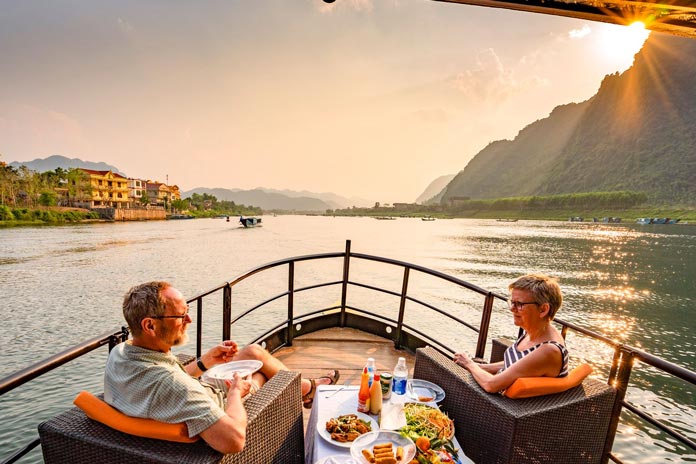
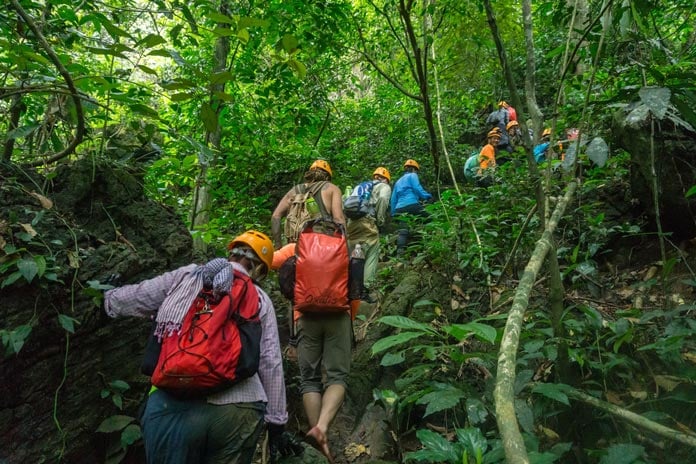
__637058291734042741.jpg)
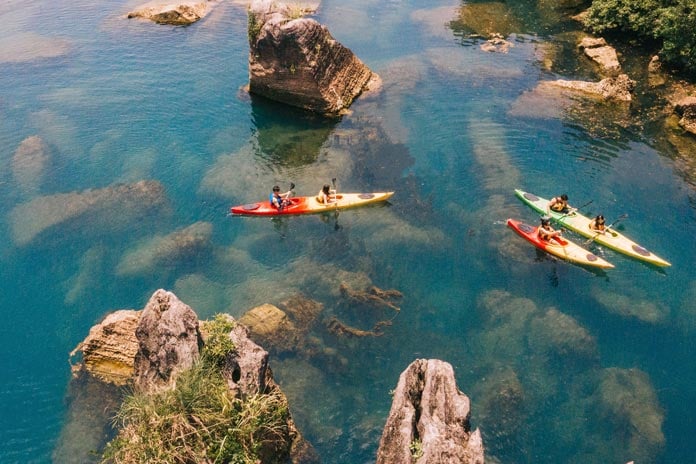
__637051765075307793.jpg)
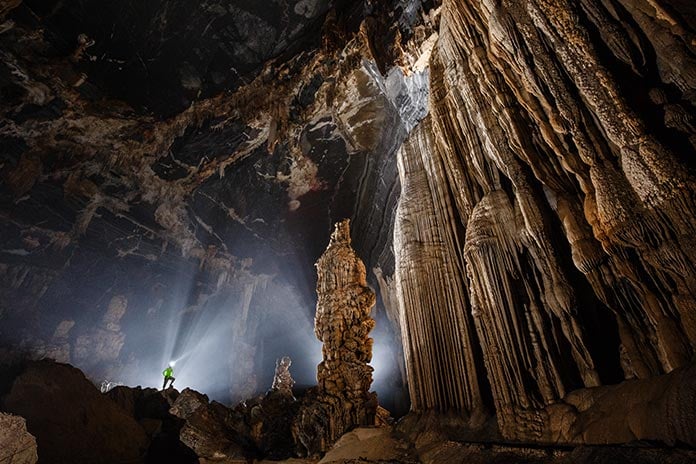
__637051782550081035.jpg)
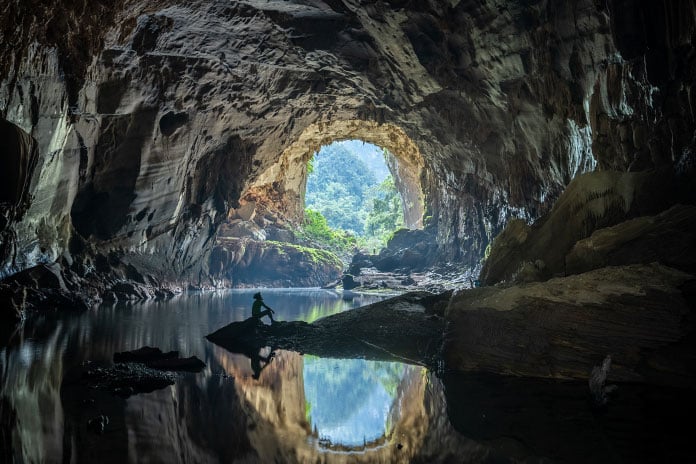
__637051777074859032.jpg)
__637051780703588520.jpg)
__637051781488596056.jpg)
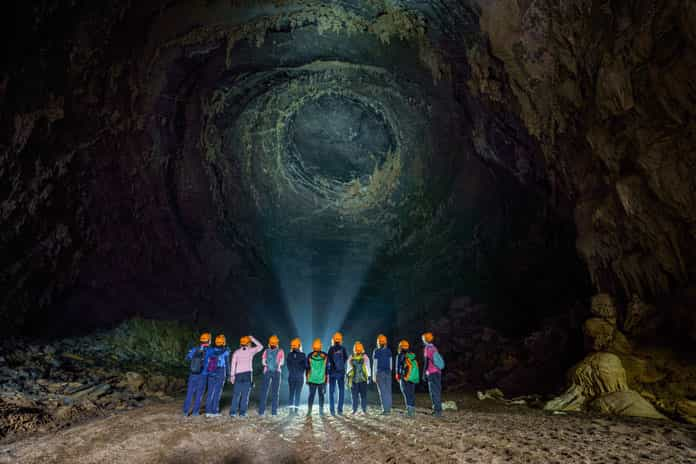
__637051767008903435.jpg)
__637051774329206026.jpg)
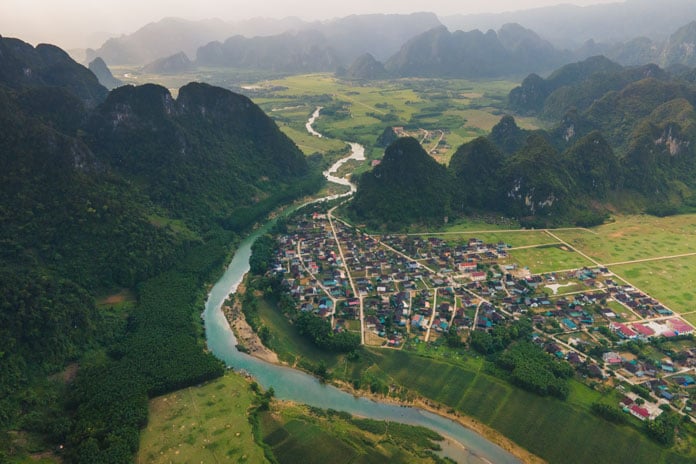
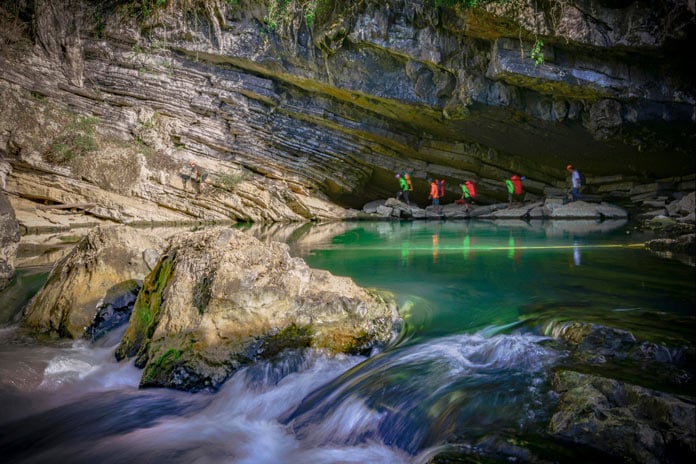
__637740499994967442.jpg)
